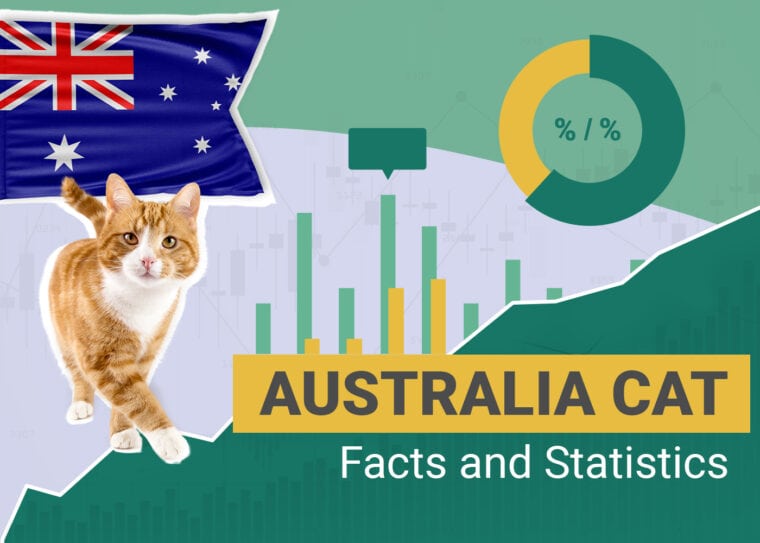
Click to Skip Ahead
Note: This article’s statistics come from third-party sources and do not represent the opinions of this website.
Who doesn’t love to learn about cats? Why not take a break from those cat videos and dive into some cold, hard facts about cats in the land down under? We have compiled a list of some of the most interesting statistics revolving around cats in Australia.
Top 24 Australian Cat Statistics
- There are 4.9 million pet cats in Australia as of 2021.
- There was substantial growth of cat ownership from 2019 to 2021, an increase of 1.1 million pet cats.
- The total number of cat-owning households increased from 2.6 million to 3.03 million from 2019 to 2021.
- 85% of current pet owners said that they would like more pets.
- 53% of all dogs and cats that were acquired since March 2020 were adopted by people that already owned at least one pet.
- Overall, 70% of owners said pets have had a positive impact on their lives during the pandemic.
- Only 4% of pet owners felt negative about being a pet owner during the pandemic.
- Those most likely to get a cat during the pandemic were those living in apartments or townhouses.
- The methods of obtaining cats have remained consistent from 2019 to 2021, with 27% being adopted from animal shelters.
- Cats were twice as likely to have been acquired for rescue purposes compared to dogs.
- Companionship was the leading reason for the decision to get a cat in 2021 at 49%.
- 25% of cat owners acquired their cats from friends or family, 14% purchased from breeders, and 12% adopted stray cats.
- Many pet cats in Australia are younger, with almost two-thirds aged under 6 years, up significantly from 52% in 2019.
- The average cat-owning household spent $3,356 annually for all cat-related expenses.
- The estimated Australian population expenditure on cats in the last 12 months was $10.2 billion.
- Almost half (48%) of cats were given away freely in 2021, which was on par with 2019 results.
- A further one-third (34%) were obtained for $200 or less, compared to only 28% in 2019.
- Out of 4.9 million pet cats in Australia, 71% are allowed to free roam and hunt.
- There are 700,000 stray cats in Australia.
- Cats can be found in 99.9% of the total land area of Australia.
- A pet cat left to roam outside hunts and kills an average of 186 mammals, reptiles, and birds each year.
- Stray cats in urban areas kill approximately 449 mammals, birds, and reptiles each year.
- The average density of pet cats in Australian suburbs is 39 to 70 per km2.
- There was a marked overlap of 98.5% in the dietary composition between cats and foxes.

Cat Ownership in Australia
1. There are 4.9 million pet cats in Australia as of 2021.
(The Threatened Species Recovery Hub-Impacts of Urban Cats in Australia)
The Threatened Species Recovery Hub is directly supported through funding from the Australian Government’s National Environmental Science Programme. They have conducted several studies on the impact of cats in Australia. Recent data from 2021 shows that there are just under 5 million pet cats in Australia.
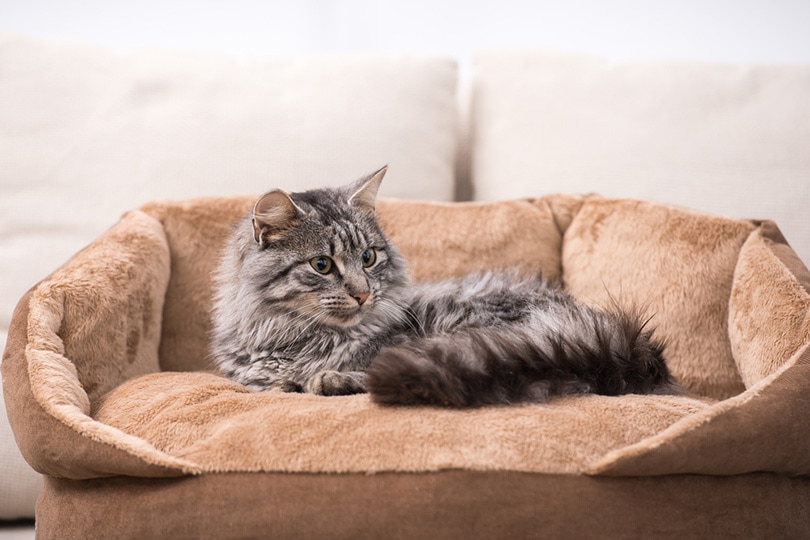
2. There was substantial growth of cat ownership from 2019 to 2021, an increase of 1.1 million pet cats.
(Animal Medicines Australia – Pet Ownership)
A study completed by Animal Medicines Australia discovered that from 2019 to 2021 there was an increase of 1.1 million pet cats within the country. The number increased from 3.8 million in 2019 to 4.9 million in 2021, consistent with studies from The Threatened Species Recovery Club.
3. The total number of cat-owning households increased from 2.6 million to 3.03 million from 2019 to 2021.
(Animal Medicines Australia- Pet Ownership)
In addition to the increase of pet cats overall, the total number of cat-owning households also increased from 2.6 million in 2019 to 3.03 million in 2021. This means that more than 400,000 more households became cat owners within those 2 years.
4. 85% of current pet owners said that they would like more pets, compared to 47% of non-pet owners.
(Animal Medicines Australia – Pet Ownership)
The study completed by Animal Medicines Australia also gathered data through surveys, showing that 85% of current pet owners (including dog and cat owners) stated they would like to have more pets. Only 47% of non-pet owners felt the same way.
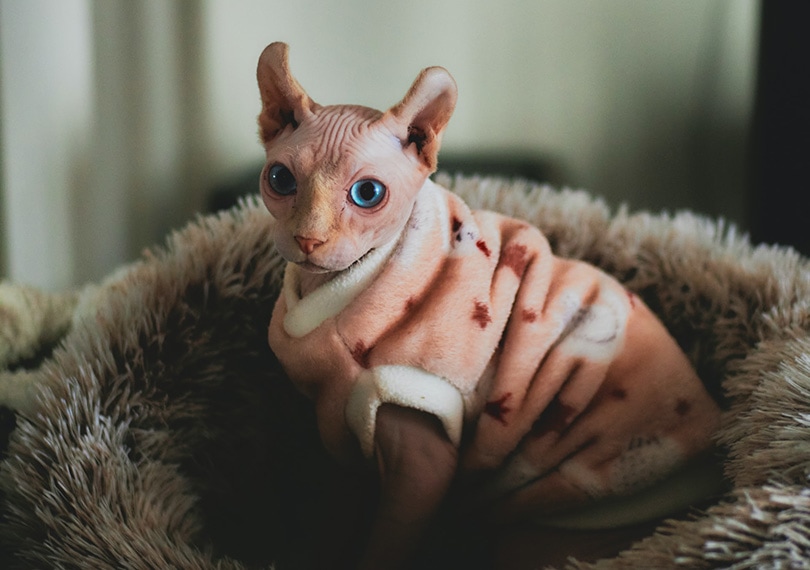
5. 53% of all dogs and cats that were acquired since March 2020 were adopted by people that already owned at least one pet.
(Animal Medicines Australia- Pet Ownership)
According to the studies of pet ownership reported by Animal Medicines Australia, 53% of all dogs and cats acquired since March of 2020 when the pandemic began, were taken in by those that already own pets.
Pet Cats and the Pandemic
6. Overall, 70% of owners said pets have had a positive impact on their lives during the pandemic.
(Animal Medicines Australia-Impacts of Covid-19)
Data from Animal Medicines Australia confirmed the positive impact that pets had on humans in an unsettling new time like the COVID-19 pandemic.
7. Only 4% of pet owners felt negative about being a pet owner during the pandemic.
(Animal Medicines Australia)
A mere 4% of pet owners reported that they felt negative about being a pet owner during the pandemic. According to the surveys, those that felt negative stated their feelings were due to pandemic-related restrictions and concerns. Concerns that were noted included fear of viral transmission, financial difficulty, and lack of access to services and pet supplies.
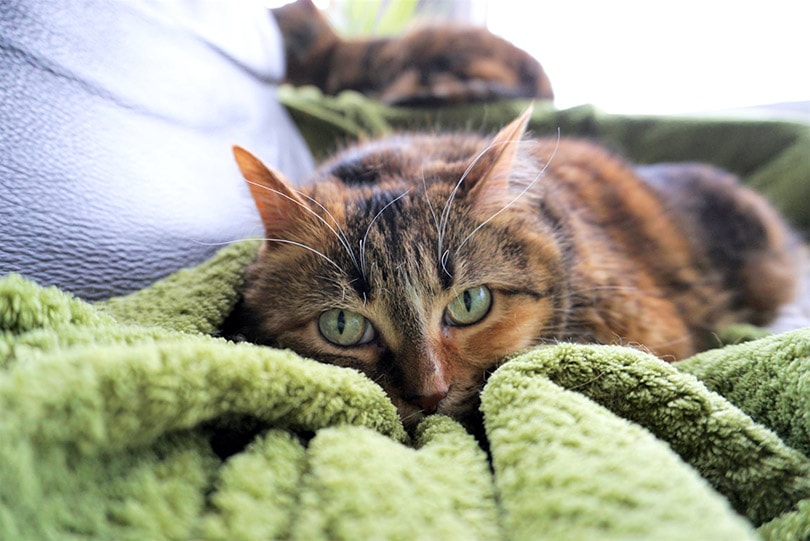
8. Those most likely to get a cat during the pandemic were those living in apartments or townhouses.
(Animal Medicines Australia-Impacts of Covid-19)
About 35% of people getting cats during the pandemic were those that live in apartments or townhomes according to the Animal Medicines Australia studies about the impact of Covid-19 and pet ownership. The next largest group was 17% of people who lived in larger, freestanding houses.
Cat Adoption Facts
9. The methods of obtaining cats have remained consistent from 2019 to 2021 with 27% being adopted from animal shelters.
(Animal Medicines Australia – Acquisition of Cats)
According to Animal Medicines Australia, the study done on the acquisition of pets showed that animal shelter adoption is the primary choice for those choosing to get a new cat. These numbers remained steady at 27% from 2019 to 2021. Those that received their cats from friends for family members made up 25%.
10. Cats were twice as likely to have been acquired for rescue purposes compared to dogs.
(Animal Medicines Australia – Acquisition of Cats)
According to data collected by Animal Medicines Australia surveying pet owners, cats were twice as likely compared to dogs to have been brought into the home for the purpose of rescue. An astounding 40% of those surveyed advised they simply wanted to rescue a cat and give them a loving home. The two main reasons noted for the acquisition of dogs were companionship and the specific breed having a good temperament.
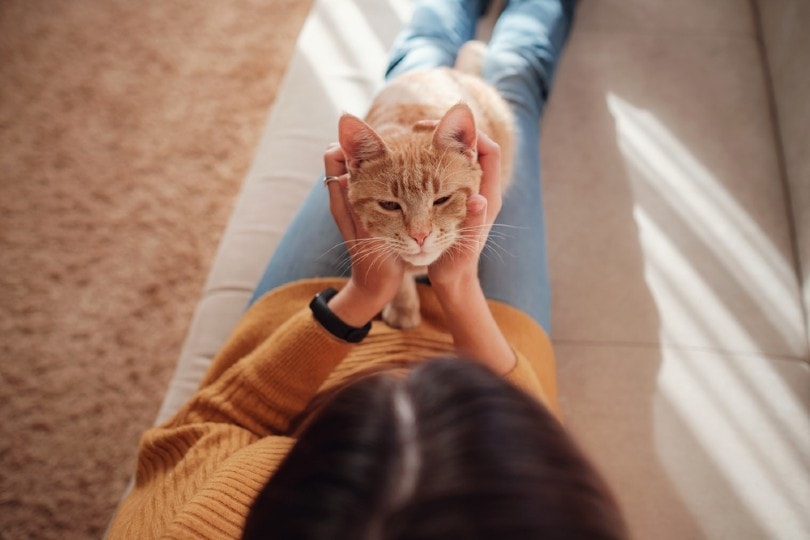
11. Companionship was the leading reason for the decision to get a cat in 2021 at 49%.
(Animal Medicines Australia – Acquisition of Cats)
Data collected for the year 2021 revealed that in 49% of cases, cats were brought into the home for companionship. This makes sense of course, as they are companion animals. In addition, 54% of those who acquired dogs did so for companionship.
12. 25% of cat owners acquired their cats from friends or family, 14% were purchased from breeders, and 12% were adopted stray cats.
(Animal Medicines Australia – Acquisition of Cats)
According to Animal Medicines Australia’s study, 25% of cat owners acquired their new cat(s) from either friends or family members. Purchases from breeders accounted for 14% and another 12% got their cats by adopting strays. The least common means of cat acquisition was through pet shops at 9%, through veterinarians at 6%, and miscellaneous at 5%.
13. Many pet cats in Australia are young, with almost two-thirds aged under 6 years, up significantly from 52% in 2019.
(Animal Medicines Australia – Acquisition of Cats)
Studies also show that most cats in pet homes today are under 6 years of age, 63%, in fact. This is a significant jump from only 52% in the year 2019. The number of kittens and cats under 2 years of age increased from 25% in 2019 to 34% in 2021.
Costs of Cat Ownership in Australia
(Animal Medicines Australia – Pet Ownership Expenditure)
Animal Medicines Australia calculated the numbers and revealed that in 2021, the average cat owner spends $3,356 annually for all cat-related expenses. When broken down per animal, the cost for a single cat came in at $2,074. In comparison, dog-owning households were calculated as having more expensive costs overall at $4,422 per household, and $3,237 per single dog.
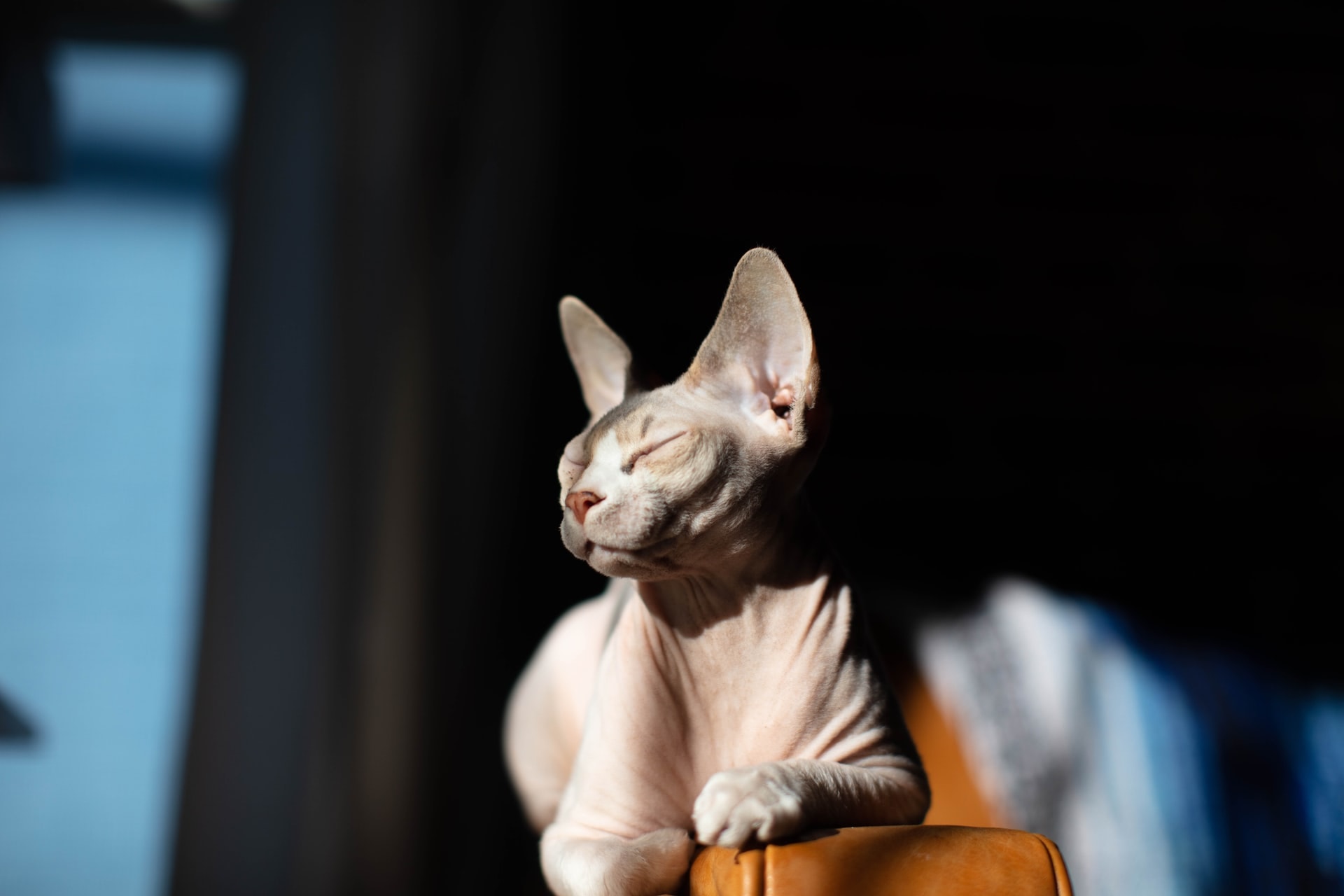
15. The estimated Australian population expenditure on cats in the last 12 months was $10.2 billion.
(Animal Medicines Australia – Pet Ownership Expenditure)
An even more staggering number to look at, the estimated total population expenditure on cats in the last 12 months was $10.2 billion. Dogs slightly more than doubled this total at $20.5 billion. It is noted that the methodology for deriving household expenditure figures was revised in this study to address potential under-estimation in the previous years.
16. Almost half of cats, 48% total, were given away freely in 2021, which was on par with 2019 results.
(Animal Medicines Australia – Acquisition of Cats)
Half of the cats acquired in 2021 were given away free of charge. This was consistent with the 2019 data as well. In comparison, the 2021 study for the acquisition of dogs revealed that only 34% of dogs were acquired for free.
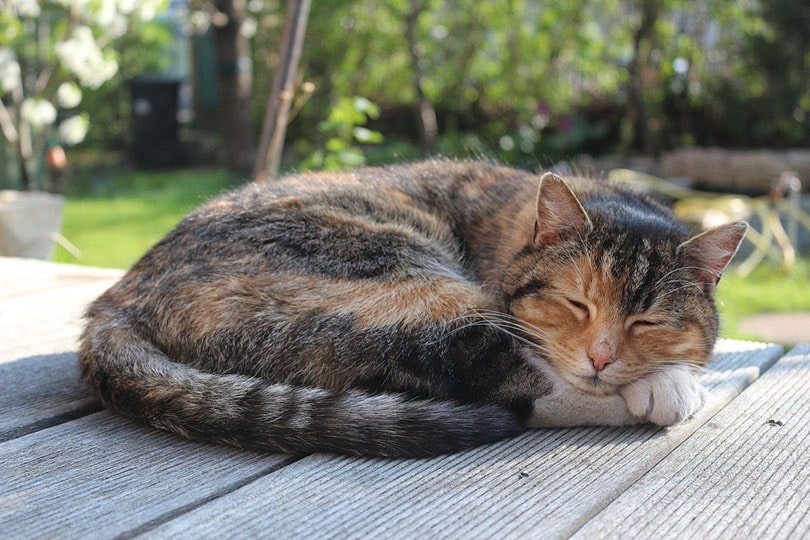
17. A total of 34% of cats were obtained for $200 or less, compared to only 28% in 2019.
(Animal Medicines Australia – Acquisition of Cats)
34% of cats acquired by owners in 2021 cost a total of $200 or less. This was an increase compared to the year 2019 when only 28% of cats were acquired for $200 or less. The upfront costs of acquiring a new pet cat are less than that of a dog. While one-third of dogs were free of charge, the remaining two-thirds cost an average of $1,113.
Impact of Cats in Australian Society
18. Out of 4.9 million pet cats in Australia, 71% are allowed to free roam and hunt.
(The Threatened Species Recovery Hub – The Impact of Cats in Australia)
As of 2021, we know there was a rise in the number of pet cats from 3.8 million to 4.9 million. Of those 4.9 million pet cats, 3.5 million are allowed to free roam and hunt. That is a large and unsettling number considering the impact this has on the ecosystem.
19. There are 0.7 million stray cats in Australia.
(The Threatened Species Recovery Hub – The Impact of Cats in Australia)
In addition to counting the number of pet cats in Australia, The Threatened Species Recovery Hub calculated that there are currently 700,000 strays in the country as of 2021. A recent parliamentary inquiry confirmed the national significance of the ever-growing issues of free-roaming cats.

20. Cats can be found in 99.9% of the total land area of Australia.
(The Threatened Species Recovery Hub – The Impact of Cats in Australia)
99.9% of the total land area is home to cats, quite a staggering figure. The number is nearly as high for cat occurrences of all Australian island areas at 92%.
21. A pet cat left to roam outside hunts and kills an average of 186 mammals, reptiles, and birds each year.
(The Threatened Species Recovery Hub – The Impact of Cats on Australian Wildlife)
This is an incredibly sad statistic for the country and the reason organizations such as The Threatened Species Recovery Hub were created. In one day, it is estimated that the total population of cats in Australia can kill up to 3.2 million mammals alone.
22. Stray cats in urban areas kill approximately 449 mammals, birds, and reptiles each year.
(The Threatened Species Recovery Hub – The Impact of Cats on Australian Wildlife)
Another troubling statistic, a single stray or feral cat in an urban area kills approximately 449 animals each year. This includes mammals, reptiles, and birds. If you factor in the damage done in the bush, the number reaches 791 annually for a single cat.
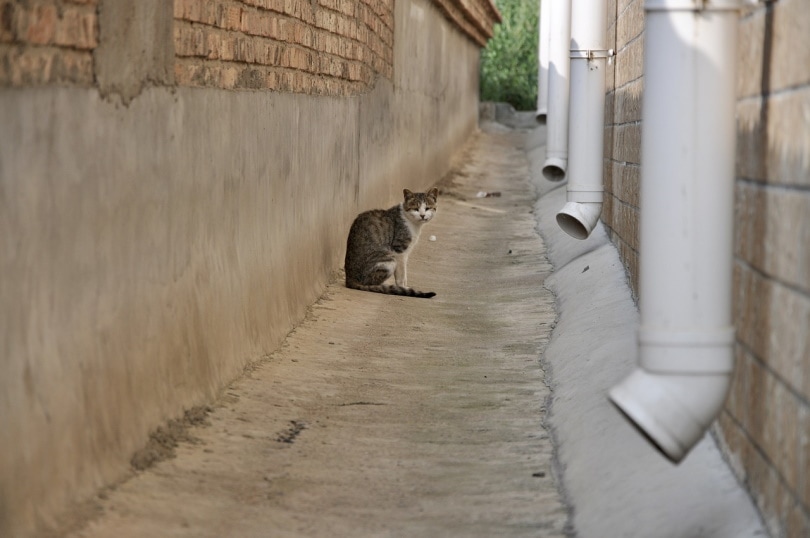
23. The average density of pet cats in Australian suburbs is 39 to 70 per km2.
(The Threatened Species Recovery Hub – The Impact of Cats in Australia)
Studies completed by The Threatened Species Recovery Club have shown that the average density of pet cats in Australia’s suburbs is 39 to 70 per km2. This is significant considering it is only the suburbs that are reflected in this data collection. The average density of feral cats in the bush across the mainland is 0.27 cats per km2. That average does fluctuate depending on patterns of widespread rainfall.
24. There was a marked overlap of 98.5% in the dietary composition between cats and foxes.
(The Threatened Species Recovery Hub – The Diet of the Feral Cat)
The Threatened Species Recovery Hub conducted a study on the diets of feral cats in the country. The data revealed that there was an overlap of 98.5% in the dietary composition between the feral cats and wild foxes. This highlights the ongoing concerns about cats having severe impacts on the biodiversity in Australia.
Frequently Asked Questions About Cats in Australia
What kind of effect are feral cats having on Australia?
According to the Australian Wildlife Conservancy, feral cats can kill up to 75 million native animals each night across the country. While cats are considered domesticated pets in the country, they have also been considered an invasive species due to the damage that is being done by free-roaming cats.
- See Also: Best Cat Beds in Australia
Is anything being done to encourage responsible cat ownership?
The government has identified the results of these studies as a means for national concern. To reduce the negative impact pet cats have on native animals in Australia, stipulations for cat owners are being implemented.
Pet owners are to register their cats with their local council. Though not yet a requirement, it is highly encouraged that owners opt to spay or neuter their cats to reduce the number of unwanted litters and the increase of strays due to dumping.

How did the pandemic affect dog and cat ownership?
In the surveys completed that revolved around the Covid-19 pandemic, most pet owners spoke overwhelmingly positive about their experiences with their pets. As noted in the study, words frequently used in owners’ descriptions included “happy,” “lucky,” “grateful,” and “comforted.” Overall, the pandemic strengthened these bonds.
- Next on your reading list: 10 Interesting Australian Veterinarian Statistics to Know
Conclusion
Not only are cats beloved house pets in Australia, but they are also causing serious concern for the native species of the country due to the staggering numbers of feral, stray, and pets allowed to free roam and hunt.
The Australian Government is funding research that is providing valuable information on the problem at hand and are encouraging cat owners to do their part to help the country gain control of the situation to prevent further damage to the ecosystem.
Featured Image Credit: Africa Studio, Shutterstock




